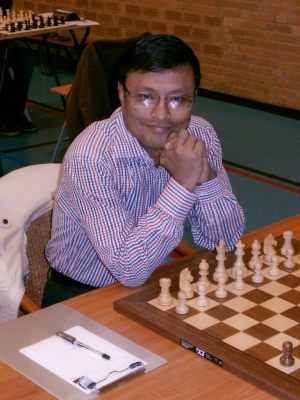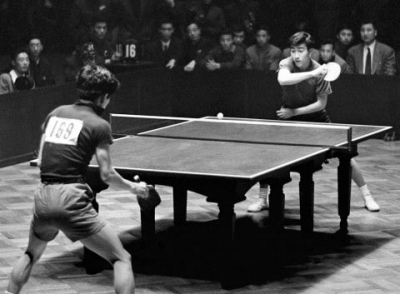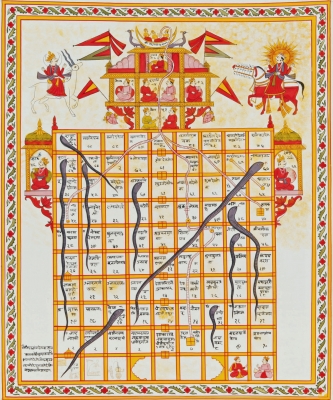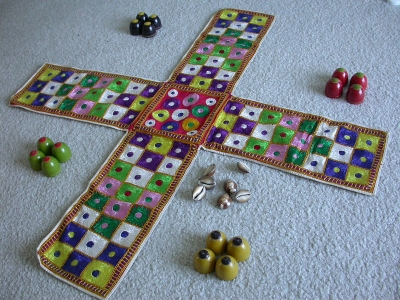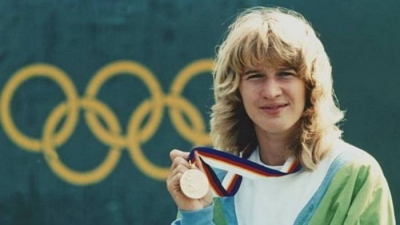
The Golden Slam is one of the rarest achievements in tennis. It means winning all 4 Grand Slams and a singles Gold Medal at the Olympics. Winning the four majors in consecutive tournaments, but not in the same year is known as a non-calendar year Grand Slam, while winning all four majors at any point during the course of a career is known as a career Grand Slam. Winning the gold medal at the Summer Olympic Games in addition to the four majors in one calendar year is known as a “golden Grand Slam” or more commonly the “Golden Slam”. Also, winning the year-end championship (known as ATP Finals for men’s singles and doubles disciplines, and WTA Finals for both women’s disciplines) in the same period is known as a “Super Slam”. Together, all four majors in all three disciplines (singles, doubles, and mixed doubles) are called a “boxed set” of Grand Slam titles. No male or female player has won all twelve events in one calendar year, although a “career boxed set” has been achieved by three female players.
Tennis has a long history of adopting golf custom and Grand slam appears to have entered tennis not directly from card sport but via golf as it was used since 1930, when Bobby Jones won the four major championships, two British and two American tournaments. Although John F. Kieran of The New York Times is widely credited with first applying the term “grand slam” to tennis to describe the winning of all four major tennis tournaments in a calendar year, sports columnist Alan Gould had used the term in that connection almost two months before Kieran.
The four Junior disciplines, boys’ and girls’ singles and doubles, provide limited opportunities to achieve a Grand Slam. Players are only eligible from age 13 to 18, with 18-year-olds likely to hold a physical advantage. Only Stefan Edberg has completed the Grand Slam in a Junior discipline.
Picture Credit : Google

